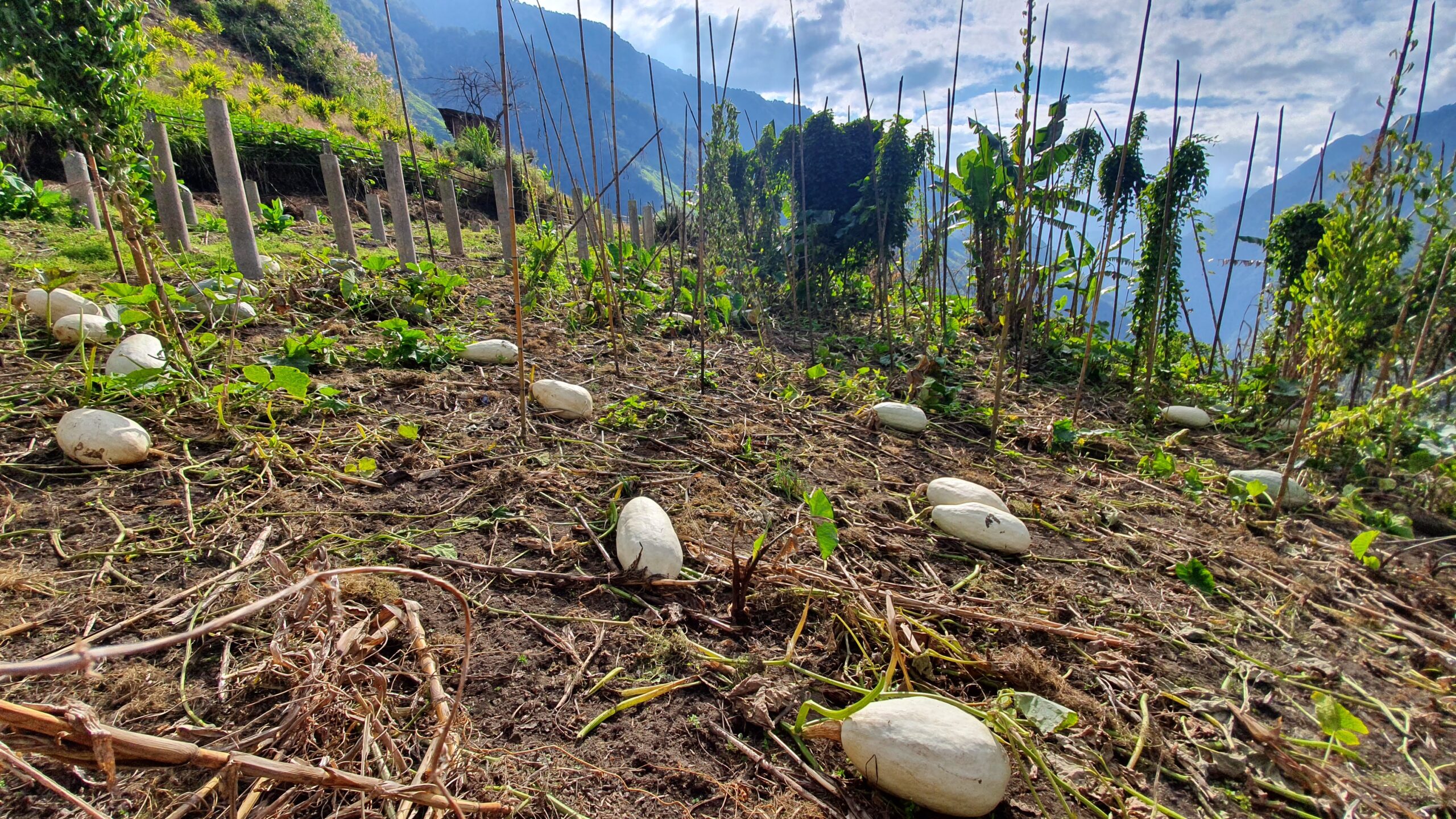Namsai: Only around five percent of the total land in Arunachal Pradesh has been categorised as cultivable land, as per official records.
At a meeting today on ‘Policy Framework for Livelihood Development, Employment & Income Generation in Arunachal Pradesh through support to the Plantation sector’, it was informed that out of the total 83,74,300 hectares of geographical area of the state; 67,25,000 hectares has been categorized under forest land.
Dr A C Barbora, the former chief scientist of the CRS, Assam Agriculture University in Jorhat presented these figures while presenting a draft policy on tea and arecanut (tamul) plantation.
He informed that 4,23,000 hectares of land is categorized as cultivable land in the state, out of which, only half of the area (2,12,000 ha) is reported as net sown area.
Barbora said that the additional 4,66,581 hectares area could be brought under cultivation increasing the total cultivated area to 6,78,851 hectares.
He said that successful implementation of the policy would result in large-scale generation of livelihood, and in increase in employment and farmers’ income is expected.
“There would be a significant increase in per capita income and GDP of the state. Development of livelihood and employment will result in a sustainable management framework for maintaining the ecosystem health with reduced pressure on forest resources and enhanced flow of goods and services,” he said.
He also informed that the only needs to provide financial, technical and administrative support in select activities for one to five hectares of land for every farmer.
The number of farmers and the size of the area for every farmer in different districts would be decided by a State Level Implementation Committee if the draft policy is adopted.
Deputy Chief Minister Chowna Mein who chaired the meeting, earlier said that the state has the highest land bank in the Himalayan region with favourable agro-climatic zone for growing various crops including plantation crops like tea, arecanut, and needs to have a policy framework for plantation crops.
He said that unused land mass can also be brought under plantation crops for livelihood-development, employment and income-generation.
Mein said that it may also help in the rejuvenation of the forest resources besides serving as a source of income. He also said that huge arecanut plantations are flourishing in the eastern belt of the state and asked officers from the agriculture and allied departments to suggest more plantation crops for taking up under the policy.
He also called upon the departmental officers to monitor the growth of the saplings they have supplied to the farmers and to see that it has actually been grown and yielding fruits.
Planning commissioner PS Lokhande suggested pursuing a new scheme in the manner of Atma Nirbhar Kishi/Bhagwani in the next budget wherein plantation crops can be taken up.
He, however, suggested increasing the production to sizable amount of the valued crops like kiwi in order to meet the demands of the fruits from outside the state. He said that there is a huge demand for Arunachal kiwi but the state is unable to meet their demands.





